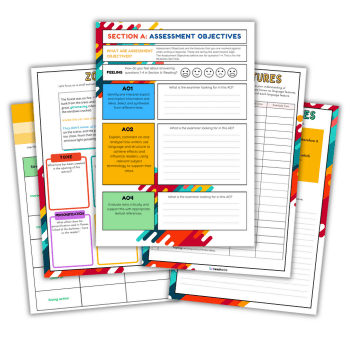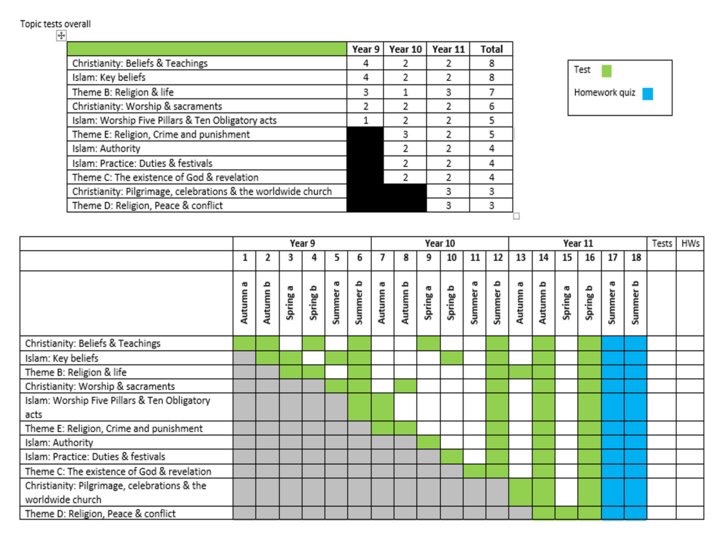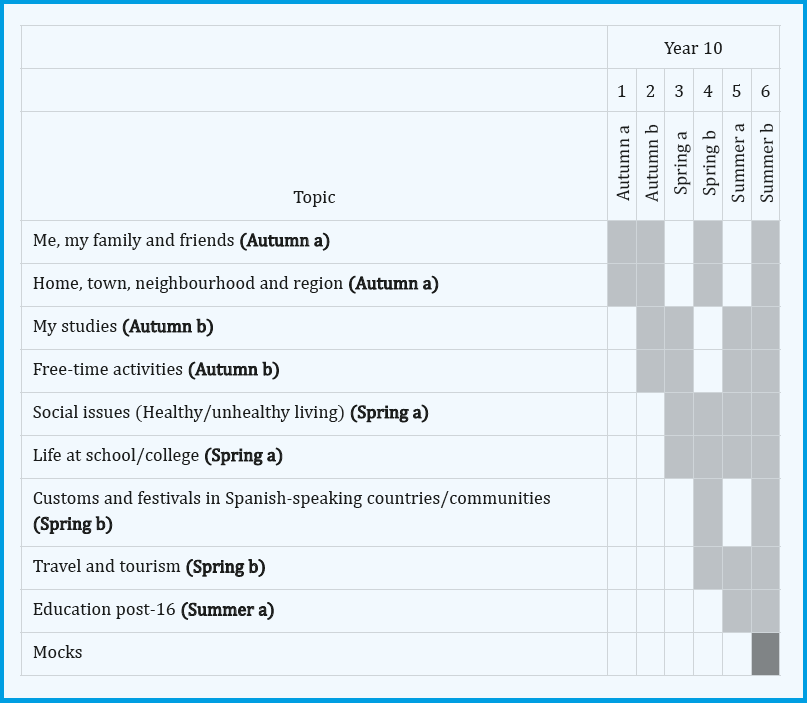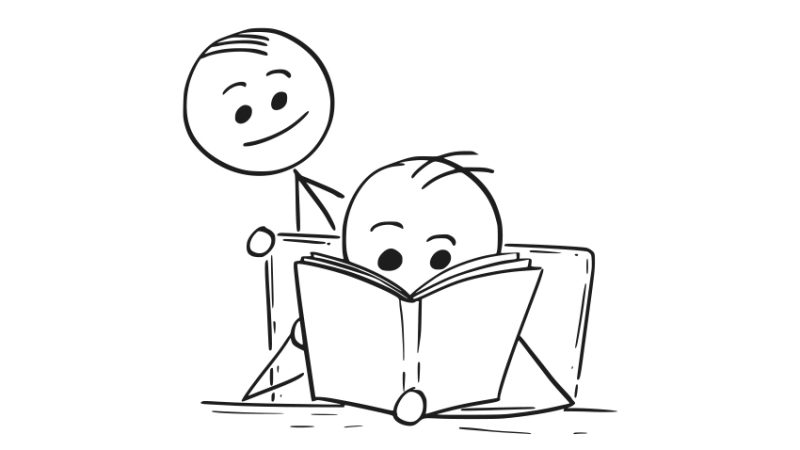Interleaving – How to use it in school to boost learning

What is interleaving and how can you use it in your classroom to boost learning? Teacher Jake Hunton explains…

- by Jake Hunton

In 2013 Professor Dunlosky and a host of eminent researchers published a study which analysed and compared the effectiveness of a range of learning strategies. They looked at studies featuring self-explanation, rereading, highlighting and practice testing, to name a few. The outright winners were practice testing and distributed practice. However, interleaving (alongside elaborative interrogation and self-explanation) came in as a strong silver medallist.
What is interleaving in teaching?
Interleaving is effectively when you alternate between learning different things. According to James Lang, you spend some time learning one thing and then move on to a new one, before having completely mastered the first one, before then returning to it.
You might then study a third or fourth thing before going back to secure your learning on the second thing and so on.
“Interleaving is effectively when you alternate between learning different things”
Interleaving relates to what Jeroen van Merriënboer and Paul Kirschner write about in Ten Steps to Complex Learning in terms of variability of practice.
They describe a situation where students have to learn how to identify three distinct types of errors in a technical system.
They are coached to spot error 1, then error 2 and then error 3. While it may appear that the students are learning how to identify each error quite quickly, this schedule won’t, in fact, promote transfer.
Merriënboer and Kirschner suggest that a more effective strategy would be to train them to identify the errors in a random order.
Testing conditions
It’s useful to consider how interleaving might help to mitigate the issues of ‘rote performance’. In Applying Cognitive Science to Education, Frederick Reif relates the idea of rote performance to an incident when he had his blood taken.
The nurse was so used to taking blood from the left hand that when Reif requested that blood be taken from his right hand, the nurse asserted that she could only take blood from his right hand.
According to Reif, the nurse was so used to performing the procedure in a particular way that she was unable to adapt when different circumstances were presented which required her to be more flexible.
Reif likens this to students who panic in exams when they face a problem which differs from the practice problems they have encountered.
This helps to put into context the problems with teaching to the test, in the sense of designing practice tasks which mirror the exact style of those found in the exam and practising them over and over again.
There is lack of variability in this kind of task practice which doesn’t help to promote transfer. It is far more likely to promote a type of rote performance.
“There is lack of variability in this kind of task practice which doesn’t help to promote transfer”
Out of order
I used to adopt the blocked practice schedule of teaching French with my Year 11s, leaving some time from about March to revise with the class.
Obviously, this assumed that students’ learning would fit into nice, chunky modules. It also assumed that they would understand all of the grammar and retain all of the language.
They would then take an end of module test, which tested only that topic’s content, before moving on to the next blocked topic.
It was almost like a macrocosm of the ‘20-minute window of progress’ in lessons, and the idea that progress should fit into discrete, one-hour lesson chunks.
Blocked practice like this meant that revision became an afterthought in lessons. Furthermore, I even blocked the revision/revisiting we did.
“Blocked practice like this meant that revision became an afterthought in lessons”
I used to cut the final module a little, and then stress about ensuring that I revised the content with the students in the order that it appeared in the textbook.
Eventually, though, I shifted my approach. This was so I could include the teaching and testing of what I had identified as key vocabulary and language. I incorporated this into lessons no matter what topic we were studying. The mantra changed to: it’s not about how we cover the curriculum; but how we recover it.
“It’s not about how we cover the curriculum; but how we recover it”
Plan for success
I read about how Dawn Cox has constructed an RE curriculum that includes multiple, planned, deliberate recall points. After this, I started to encourage my GCSE languages students to practise writing longer and more structured pieces as part of the main topics we needed to cover.

Using Dawn’s spreadsheets as a starting point, the plan now was to do the following with the Year 10 students and use the mocks at the end of the year as a review:

One caveat is that interleaving may be more applicable to some subject domains than others. The value in giving learners the opportunity to compare and contrast different types of problems in maths, for example, is pretty obvious.
The tasks I set are not exactly problems that students have to solve. It’s more about trying to apply some of the potential benefits of comparing and contrasting different tasks (and the language related to each) with a view to promoting the transfer of language for whatever task is faced in a cumulative exam.
Interleaving in practice
Throughout my teaching plan I will interleave topic tests on current and previous topics together with low-stakes writing tasks. These are based on current and previous topics. I then leave time for forgetting so more effortful retrieval takes place when I again revisit earlier topics.
A final point to bear in mind when taking advantage of interleaving and the spacing effect in the curriculum is striking a balance between curriculum coverage and retesting already taught material.
It is always a trade-off. Pooja Agarwal mentions this in a very interesting podcast led by Bonni Stachowiak.
In it, she highlights the problem of delivering more content versus retrieval practice of previous content. Quite simply, students aren’t going to remember the new content if you continue delivering it.
Jake Hunton (@jakehuntonMFL) is head of modern foreign languages at a large secondary school in Solihull. This is an adapted feature from his book Exam Literacy (Crown House).











